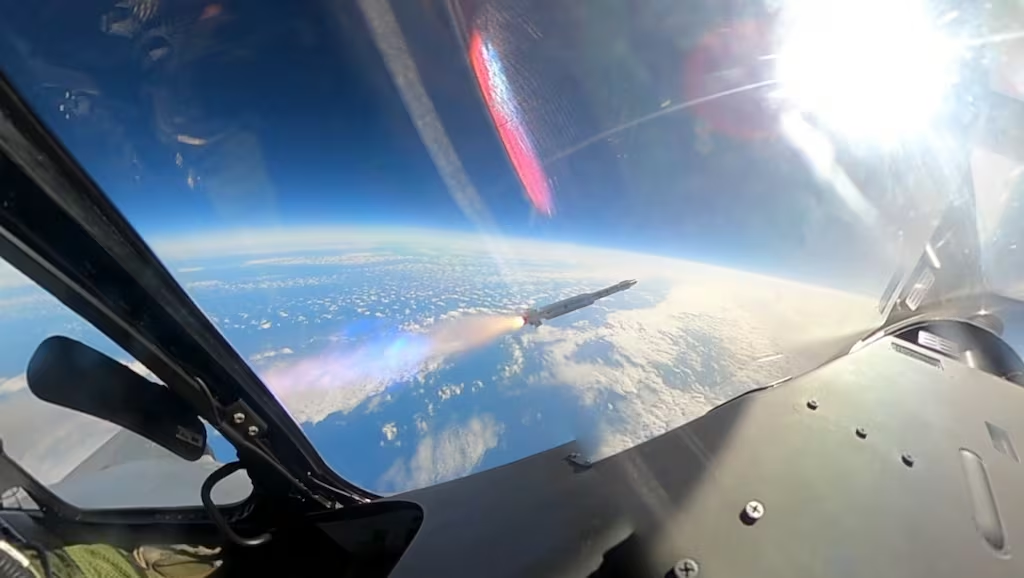France Launches Near-Space Military Strategy with Industrial Backing
France has launched a new strategic push into near-space operations, committing seed funding to develop military capabilities in the zone between 20 and 100 kilometers above Earth. An initial €10 million investment by the French Ministry of the Armed Forces aims to strengthen national autonomy in high-altitude operations and surveillance.
Near-Space: The Emerging Frontier for Military Dominance
Near-space—too high for aircraft, too low for satellites—is fast becoming a key domain in military competition. At Eurosatory 2024, France announced its intent to master this zone using high-altitude platforms (HAPs) such as stratospheric balloons, airships, and solar drones.
The Directorate General of Armaments (DGA) stated that this funding will support feasibility studies and prototype development. These technologies aim to enhance persistent surveillance, ensure secure communications, and enable real-time data relays. Ultimately, the program seeks to reduce France’s reliance on vulnerable orbital satellites.
French Industry Rallies Behind National Initiative
Agencies such as ONERA and CNES will play key roles. Defense giants like Thales, Airbus Defence and Space, and Hemeria are expected to lead hardware and systems integration. This initiative is jointly overseen by the French Space Command and DGA, reflecting a coordinated inter-agency approach.
The project fits into France’s long-term strategy to secure technological independence in critical sectors. With global interest in dual-use space technologies on the rise, Paris’s move serves as a response to U.S. and Chinese advancements in high-altitude ISR (Intelligence, Surveillance, and Reconnaissance).
A Strategic Bet on Sovereign Space-Like Capabilities
High-altitude platforms bring multiple advantages over conventional systems. These include long endurance, persistent coverage, and agility in deployment. France’s emphasis on near-space also avoids some of the risks of orbital congestion and anti-satellite weaponry.
General Philippe Adam, Commander of the French Space Command, remarked, “Near-space is no longer just a transition zone. It is an operational domain with distinct threats and opportunities.” This perspective is influencing new doctrines within the French military.
Outlook and Global Context
France’s strategy aligns with a broader NATO reassessment of space and near-space threats. The U.S. has already deployed high-altitude surveillance balloons, and China’s 2023 incident over North America brought renewed scrutiny. In contrast, France is emphasizing sovereignty, data control, and a European industrial approach.
If successful, the current phase will lead to operational prototypes by 2027. Future steps may include a collaborative EU framework for near-space defense.
This initiative is part of France’s broader aim to extend strategic deterrence beyond land, sea, air, and orbit, into the atmospheric edge.
As nations compete in higher altitude domains, near-space is poised to become a critical theater in both policy and innovation.
Türkiye’s KAAN Jet Engine Targets Strategic Autonomy by 2032
DefenseNews: France’s Near-Space Strategy
“Near-space is no longer just a transition zone. It is an operational domain with distinct threats and opportunities.” – Gen. Philippe Adam, Commander, French Space Command








